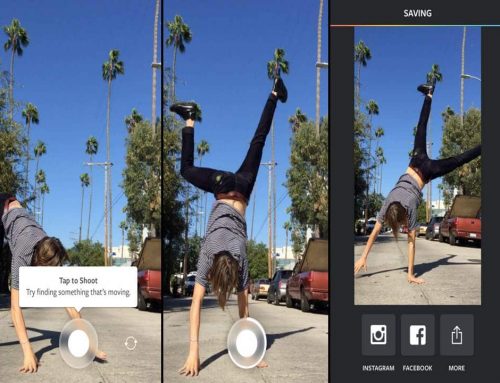Today, photography has become the largest growing hobby in the world. However, not all photography enthusiasts know the history of this art.
Are you wondering where and when the art called “photography” started? Do you want to discover how your current hobby developed?
If your answers to these questions is yes, then let this article provide you with most important details regarding the history of photography and the invention of the camera.
Since the history of photography is quite long, this discussion has been divided into three sections. This article is just the first part of the three-part discussion on the history of photography.
So, what is photography?
Photography is a word derived from the Greek words φῶς (phos) or “photos” meaning “light” and γραφή (graphê) or “graphien” meaning “to draw”, thus the word photography means “drawing with light”. This word was first used by Sir John F.W. Herschel, a scientist, in 1839.
The history of photography commenced with the invention and development of the camera and the creation of permanent images starting with Thomas Wedgwood in 1790 and it was culminated by the work of Joseph Nicephore Niepce, a French inventor, in 1826.
Invention of the Camera:
Even before the invention of a camera, people in the early days already knew the principles of photography. They were able to process images on the wall or on a piece of paper; however, they were not able to print these images. The instrument that they used to process pictures was called Camera Obscura. It was invented by Alhazen (Ibn Al-Haytham), a great authority on optics in the Middle Ages who lived around 1000 AD. Camera Obscura was the first pinhole camera ever invented.
Camera Obscura is essentially a dark, closed space in the shape of a box with a hole on one of its side. The hole has to be small enough in proportion to the box in order for it to work.
The first photograph
On a summer day in 1827, the first photograph was taken by Joseph Niepce, a French inventor. The photo depicted a view from the window at Le Gras. Joseph Niepce called his prints as heliographs or sun prints, which is the prototype of the modern photograph.
Further developments
- In 1888, Eastman’s Kodak camera went to the market and this led to mass use of cameras. Their slogan was, “You press the button, we do the rest.”
- In 1901 the Kodak Brownie was introduced, which became the first commercial camera in the market available for the middle class society. It only took black and white shots, but it was still very popular because of its efficiency.
- In the middle of the 20th century, color photography became commercially valuable. Several color photography methods were patented from 1862 onwards by two French inventors, namely, Louis Ducos de Hauron and Charlec Cros Practical.
- In 1907, the first practical color plate reached the market. The method it used was based on a screen of filters. The screen let filtered red, green and / or blue light through and it was then developed to a negative and later on reversed to a positive.
- In 1861, the first color photo, an image of a tartan ribbon, was taken by the famous Scottish physicist James Clerk Maxwell.
- In 1839, Louis Daguerra took the very first picture which has a human in it. It was called the Boulevard du Temple.
Popular Names in the early days of photography:
- Alfred Stieglitz – is an American photographer and a promoter for modern art. It is believed by many that he made photography as the art that it is today.
- Felix Nadar – is a pseudonym of Gaspard-Felix Tournachon, a French caricaturist and journalist. When photography emerged he became a photographer. He is most famous for pioneering the use of artificial lightning in photography.
- Henri Cartier-Bresson – is a French photographer who is believed to be the father of photojournalism. He is most famous for creating the “street photography” style of photojournalism.
Stay tuned for the second and third parts of this interesting discussion regarding the history of photography.



Leave A Comment